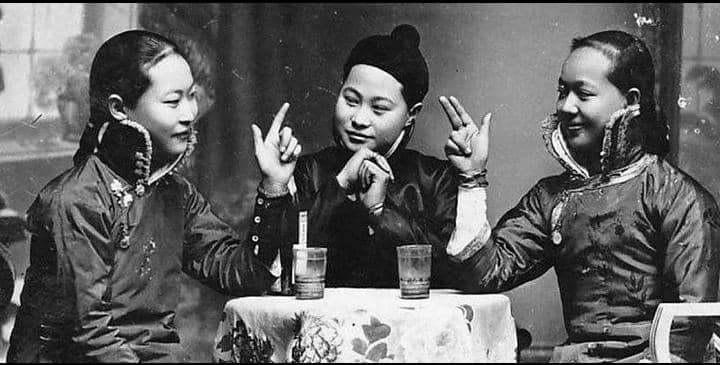The game of Rock, Paper, Scissors has a rich history that dates back to ancient China, where it was known as shoushiling, meaning “hand gesture command.”
Historians trace its origins to the Han Dynasty (206 BCE – 220 CE). The earliest documented mention comes from the Ming Dynasty writer Xie Zhaozhe in his book Wuzazu, where he describes a game involving three gestures representing different animals: a frog, a snake, and a centipede.
In this version, each animal defeats another in a cyclical manner, establishing the foundational concept of the game where one element beats another while being defeated by a third.
As the game spread across Asia, it was adopted by Japan, where it evolved into sansukumi-ken, meaning “three who fear each other.” This Japanese variant retained the core mechanics of the original game but introduced different representations, such as a fox, a village headsman, and a hunter.
The fox defeats the headsman, the headsman defeats the hunter, and the hunter defeats the fox. This adaptation not only popularized the game in Japan but also laid the groundwork for what would become the modern version known as Janken.
The transition of Rock, Paper, Scissors to its contemporary form occurred during Japan’s Edo and Meiji periods (1603-1912). It was during this time that the familiar gestures representing rock (a fist), paper (an open hand), and scissors (a fist with two fingers extended) were standardized.
The game’s popularity surged in Japan and eventually spread to Western countries through increased cultural exchange in the early 20th century.
By this time, it had become known as Rock, Paper, Scissors in English-speaking regions. In Western culture, Rock, Paper, Scissors gained traction in various contexts. It was often used as a decision-making tool or a method to resolve disputes informally.
The game found its way into American culture particularly after World War II when Japanese immigrants introduced it to broader audiences.
Articles referencing the game began appearing in newspapers as early as 1921, describing it as a “Chinese gambling technique,” which helped solidify its presence in Western society.
Today, Rock, Paper, Scissors is recognized worldwide not just as a fun pastime but also as a legitimate decision-making tool.
Variations exist globally; for instance, some cultures use different elements or names. In Indonesia, for example, it has transformed into a game involving an earwig, man, and elephant.
The game’s enduring appeal lies in its simplicity and versatility—making it an excellent choice for settling disputes or simply enjoying light-hearted competition among friends.

